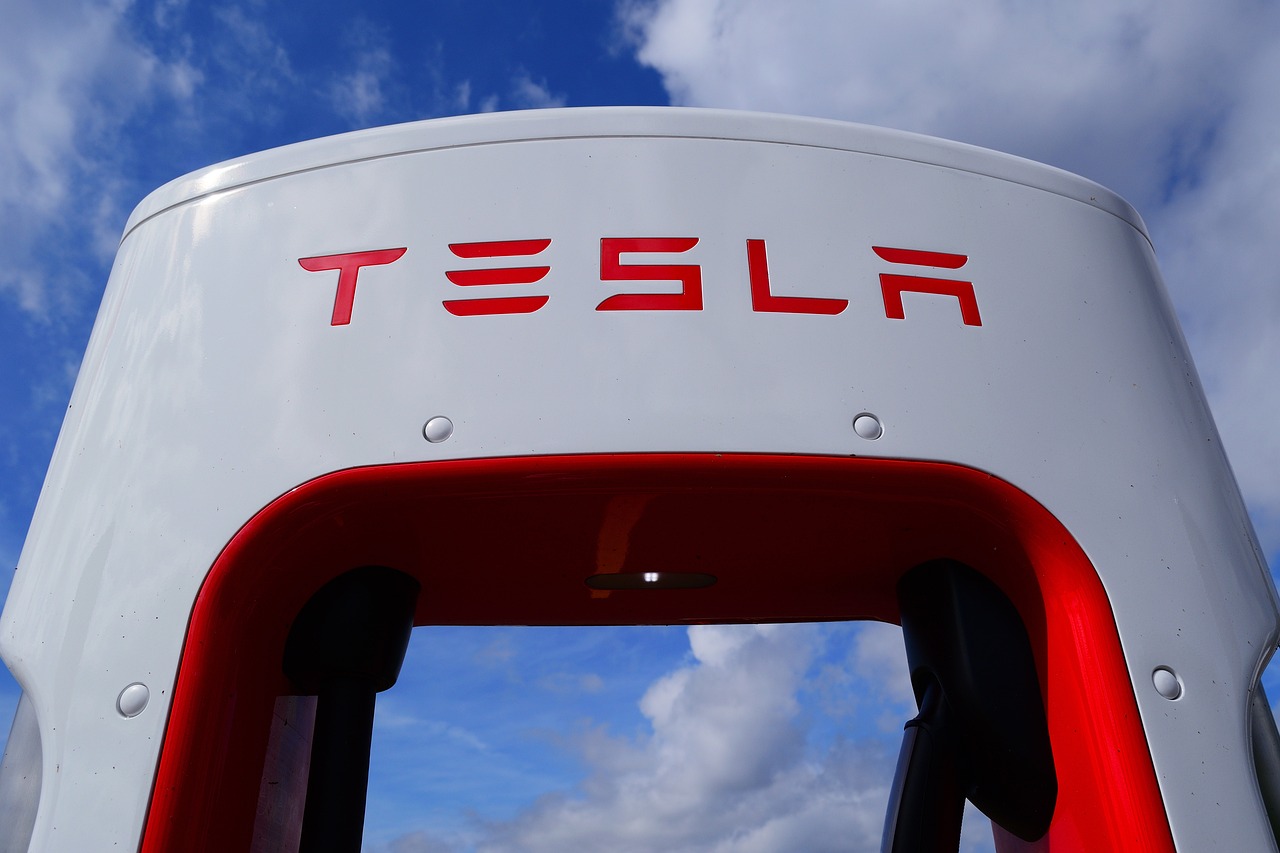Tesla earnings date: Analyzing Financial Result
Tesla, the leading electric vehicle manufacturer, has established itself as a pioneer in the automotive industry with its innovative approach to sustainable transportation. Apart from its groundbreaking technology and charismatic founder Elon Musk, Tesla’s financial performance has been closely watched by investors and industry experts. This article aims to analyze Tesla’s financial results, tesla earnings and provide insights into their quarterly performance.
Revenue Generation
One of the key factors contributing to Tesla’s success is its robust revenue generation strategy. Tesla primarily earns revenues through the sale of electric vehicles, energy generation and storage products, and services. The company has experienced significant growth in its automotive segment, with an increase in vehicle deliveries quarter over quarter. This growth can be attributed to the increasing demand for electric vehicles worldwide and the strong brand positioning of Tesla.
In addition to vehicle sales, Tesla’s energy generation and storage products have also contributed to its revenue stream. The company offers solar roof systems, energy storage solutions, and other renewable energy products, expanding its presence in the energy sector. This diversified revenue stream not only enhances Tesla’s financial stability but also positions the company to capitalize on the growing demand for clean energy solutions.
Cost Management
Managing costs efficiently is crucial for any business, and Tesla has been proactive in optimizing its cost structure. The company has focused on reducing production costs by increasing economies of scale and improving operational efficiency. Tesla’s Gigafactories, strategically located around the world, enable the company to scale production and reduce transportation costs.
Furthermore, Tesla has invested in research and development to advance its technology and improve cost efficiency. By developing proprietary battery technology, Tesla aims to reduce the cost of battery production, which is a significant component of electric vehicle manufacturing costs. This emphasis on cost management allows Tesla to remain competitive in the market while maintaining a reasonable profit margin.
Profitability Analysis
Analyzing Tesla’s profitability is essential to understanding its financial performance. Over the last few years, Tesla’s profitability has improved significantly. The company has witnessed consistent growth in revenue, allowing it to achieve economies of scale and reduce costs. As a result, Tesla has reported positive net income in recent quarters, signifying its ability to generate profits.
However, it is important to note that Tesla’s profitability is influenced by various factors, including regulatory credits, tax incentives, and product mix. Regulatory credits, obtained through the sale of zero-emission vehicles, have played a significant role in bolstering Tesla’s profitability. Additionally, tax incentives and subsidies provided by governments worldwide have helped reduce the financial burden on customers, thereby driving sales.
Future Growth Prospects
Looking ahead, Tesla’s future growth prospects appear promising. The electric vehicle market continues to expand rapidly, driven by increased awareness of environmental concerns and government initiatives promoting sustainable transportation. Tesla, with its strong brand image, innovative technology, and expanding product line, is well-positioned to capitalize on these trends.
Furthermore, Tesla’s ambitious plans for expanding production capacity through the construction of new Gigafactories and a focus on international markets provide opportunities for significant growth. The company’s entry into the Chinese market has already yielded positive results, with strong demand for Tesla vehicles. As Tesla continues to establish a global footprint, its revenue generation potential is likely to further strengthen.
In addition to its core business of electric vehicles, Tesla aims to diversify its revenue streams by expanding into other sectors of the sustainable energy ecosystem. The company’s foray into energy storage and solar energy products demonstrates its commitment to becoming an integrated clean energy solutions provider. This diversification not only mitigates risks associated with the automotive industry but also opens up new avenues for revenue growth.
In conclusion, analyzing Tesla’s financial results provides valuable insights into the company’s quarterly performance. Its robust revenue generation strategy, efficient cost management, improving profitability, and promising future growth prospects have positioned Tesla as a leader in the electric vehicle industry. As the world continues to adopt sustainable transportation solutions, Tesla is well-prepared to drive the transition to a greener future.

